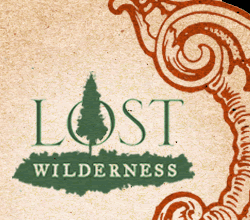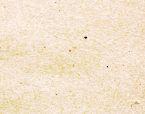Introduction
Many of us don't often see a truly starry night sky, or hear a natural, wild soundscape. And it's only gotten tougher to find the purest kind of wild — the Wilderness Conservation Society estimates that only 26 percent of the earth's entire landmass, made up mostly of barren places like the tundra and the Sahara and Gobi deserts, could be called "The Last of the wild."
With our sounds, sights, and presence, we've pushed wilderness into the far reaches. But we crave it. Approximations of the wild — zoos, pets, lawn grass, managed forests — bring such relief from the pressures of humanity, and such deep connection, that we thought we'd spend an issue looking closer for the wilderness in our lives.
In LOST WILDERNESS, you'll find bobcats and birds, open skies and deep snowfalls. We've got a man lost within gold rush country and a natural temple lost within a national park. We have underground worlds and starry nights. We have sea otters dying in Alaska and tigers hiding within a housecat. We have published writers you've read before, and the first published story by a writer you'll be reading again.
It's our summer issue, with the wildest places and things, and proof that the wild can be as close as within.
BACK TO TOP
===========================================================================================
|







 Print
Print